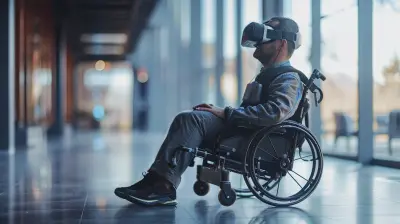Eco-Friendly 3D Printing: The Sustainable Manufacturing Revolution
2 September 2025
3D printing has come a long way since its early days of just being a cool way to create trinkets and prototypes. Now, it’s at the forefront of manufacturing innovation. But as we all know, with great power comes great responsibility (yes, that Spider-Man quote applies here too). As the global focus on sustainability and eco-friendliness grows, 3D printing has been evolving into a cleaner, greener technology.
This isn't just about using fewer materials or cutting down on waste—although 3D printing has always been great at that. We're talking about a full-on revolution in how we think about manufacturing. So, let’s dive into the eco-friendly side of 3D printing and explore how it's playing a key role in the sustainable manufacturing revolution.
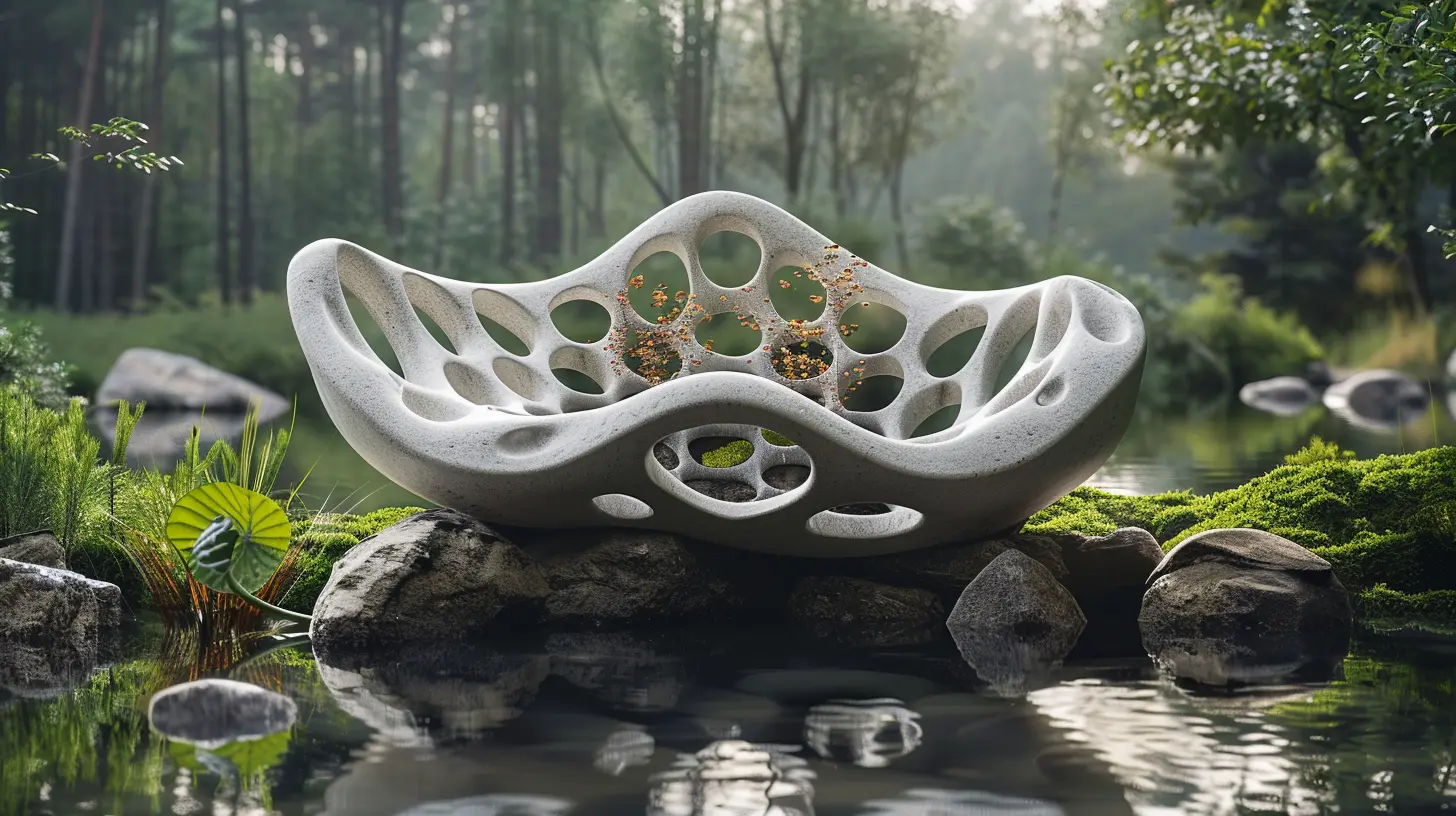
What is Eco-Friendly 3D Printing?
Eco-friendly 3D printing, in simple terms, refers to the process of using sustainable materials, energy-efficient methods, and reducing waste to create products that are kinder to the environment. It's about taking the already innovative world of 3D printing and making it even more responsible. Think of it as the love child of cutting-edge technology and environmental awareness.But why should we care? Well, most traditional manufacturing processes are anything but green. They gobble up resources, spit out emissions, and leave behind a trail of waste. On the other hand, eco-friendly 3D printing is like that one friend who recycles everything, rides a bike everywhere, and composts food scraps. It’s here to show us that we can still create amazing things without trashing the planet.
How 3D Printing Stands Out in Sustainability
Before we dive deeper into the eco-friendly aspects, let’s take a quick look at why 3D printing is already a solid choice when it comes to sustainability.- Material Efficiency: 3D printing works by adding material layer by layer. This means that you use only the material you need, with minimal waste. Compare that to traditional manufacturing, where you might carve a product out of a big block of material, leaving lots of scraps behind.
- On-Demand Production: No more warehouses full of unsold products. With 3D printing, you only produce what you need, when you need it. This reduces overproduction and the environmental cost of storing and transporting goods.
- Localized Manufacturing: 3D printing allows for localized production, meaning goods can be produced close to where they’ll be used. This cuts down on shipping emissions and lowers your carbon footprint.
But while 3D printing is already pretty green, there’s always room for improvement. Let’s talk about the ways the industry is pushing the envelope to become even more eco-friendly.
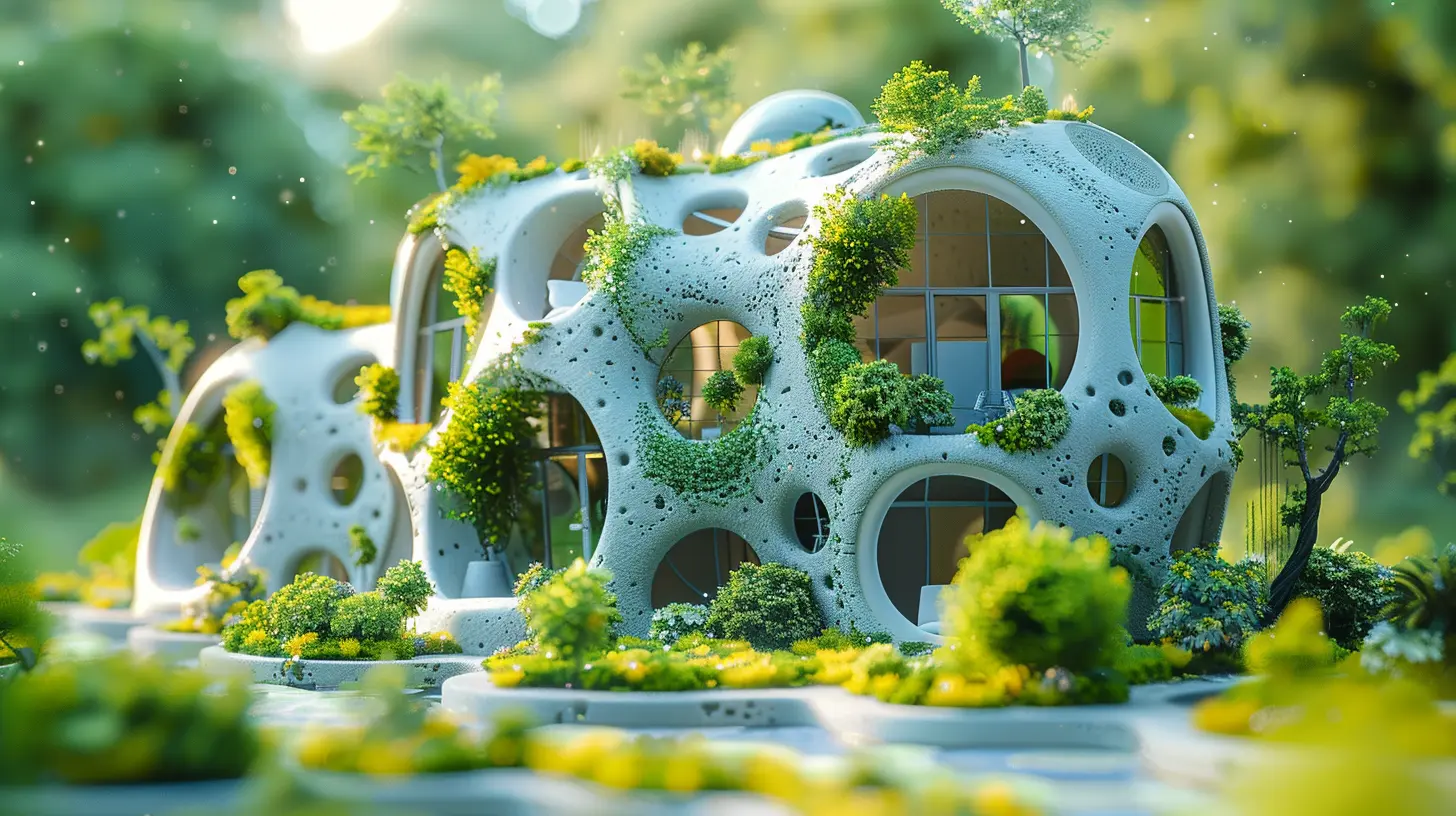
Sustainable Materials: The Future of 3D Printing
The materials we use in 3D printing have a huge impact on its environmental footprint. Traditionally, plastics like ABS (Acrylonitrile Butadiene Styrene) and PLA (Polylactic Acid) have dominated the scene. PLA in particular has been praised for being biodegradable and made from renewable resources like corn starch. But the truth is, even PLA isn't perfect—it still needs the right conditions to break down, and its production can be resource-intensive.Enter Recycled Filaments
One of the most exciting developments in eco-friendly 3D printing is the rise of recycled filaments. Now, instead of using virgin plastic, companies are starting to recycle plastic waste (think water bottles and old packaging) into filaments that can be used in 3D printers. It’s like giving that plastic waste a second life, rather than letting it sit in a landfill for hundreds of years.And it doesn't stop at plastics. Some companies are experimenting with recycled metal powders and other materials, which could open up a whole new world of sustainable 3D printing applications.
Biodegradable and Plant-Based Materials
Another area of innovation is the development of new biodegradable and plant-based materials. Beyond PLA, researchers are working on filaments made from algae, hemp, and even coffee grounds. These materials not only reduce reliance on fossil fuels but also degrade much more easily than traditional plastics.Imagine a future where your broken 3D-printed gadget can be composted rather than tossed in the trash. It's not as far off as you might think.
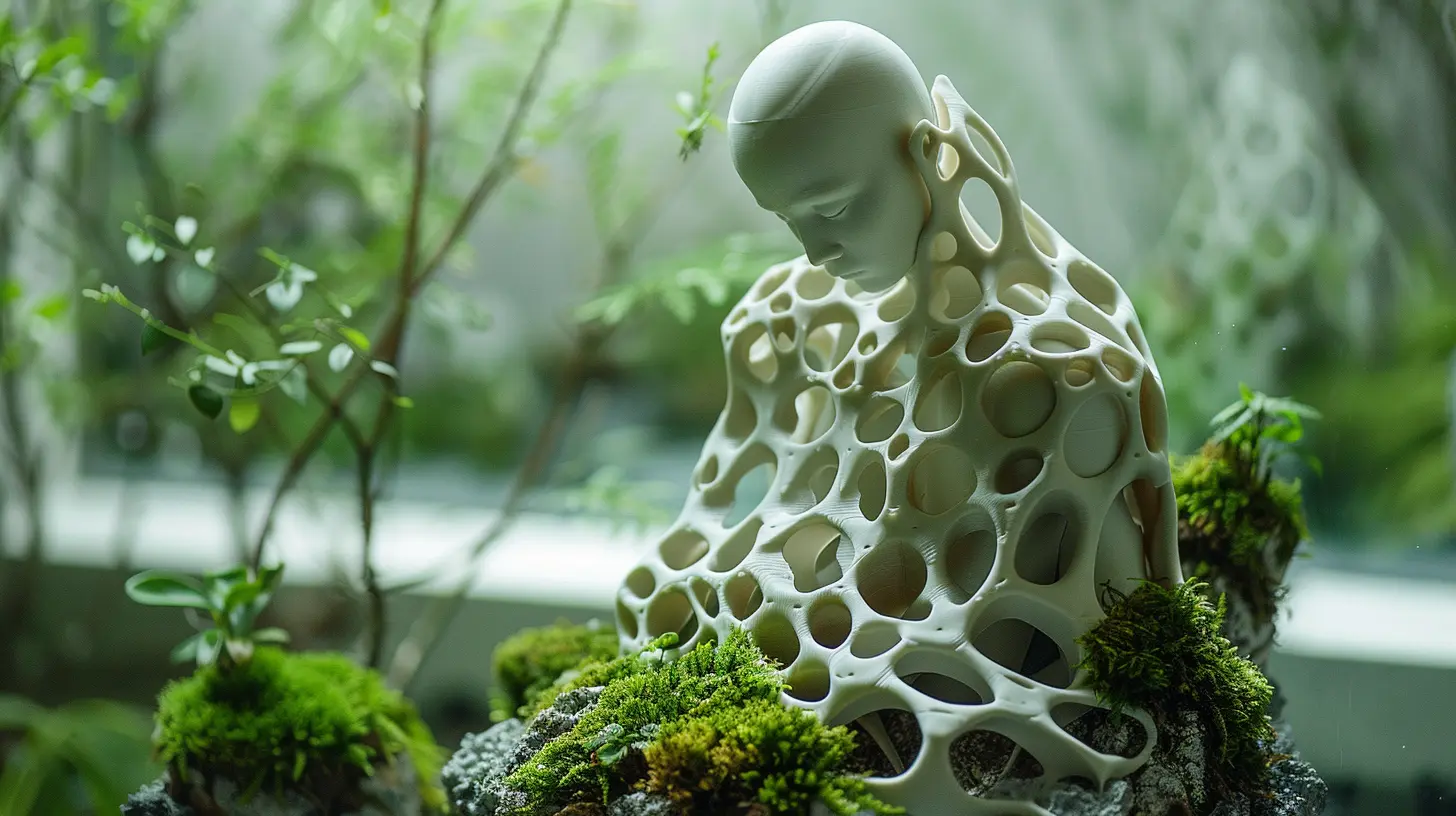
Energy Efficiency: Powering Up Without Draining the Planet
It’s not just about the materials, though. The energy used in manufacturing has a big impact on the environment too. Traditional manufacturing processes often require massive amounts of energy, especially when you factor in transportation, machinery, and waste management.3D printing, on the other hand, is naturally more energy-efficient. Many 3D printers run on electricity, and because the process is so precise, there’s very little wasted energy. But as with everything, there’s always room for improvement.
Solar-Powered 3D Printing
One of the coolest advancements in this area is the development of solar-powered 3D printers. These machines can harness the power of the sun to drive the printing process, which is a game-changer for reducing the carbon footprint of manufacturing. Imagine being able to print a product in the middle of nowhere, using nothing but sunlight. Yup, that’s the kind of futuristic stuff we’re talking about.Reducing Energy During Printing
Some companies are also working on making the printing process itself more energy-efficient. This includes everything from faster printing times (which means less energy spent on each project) to machines that can automatically shut down when not in use. Every watt saved counts when it comes to sustainability.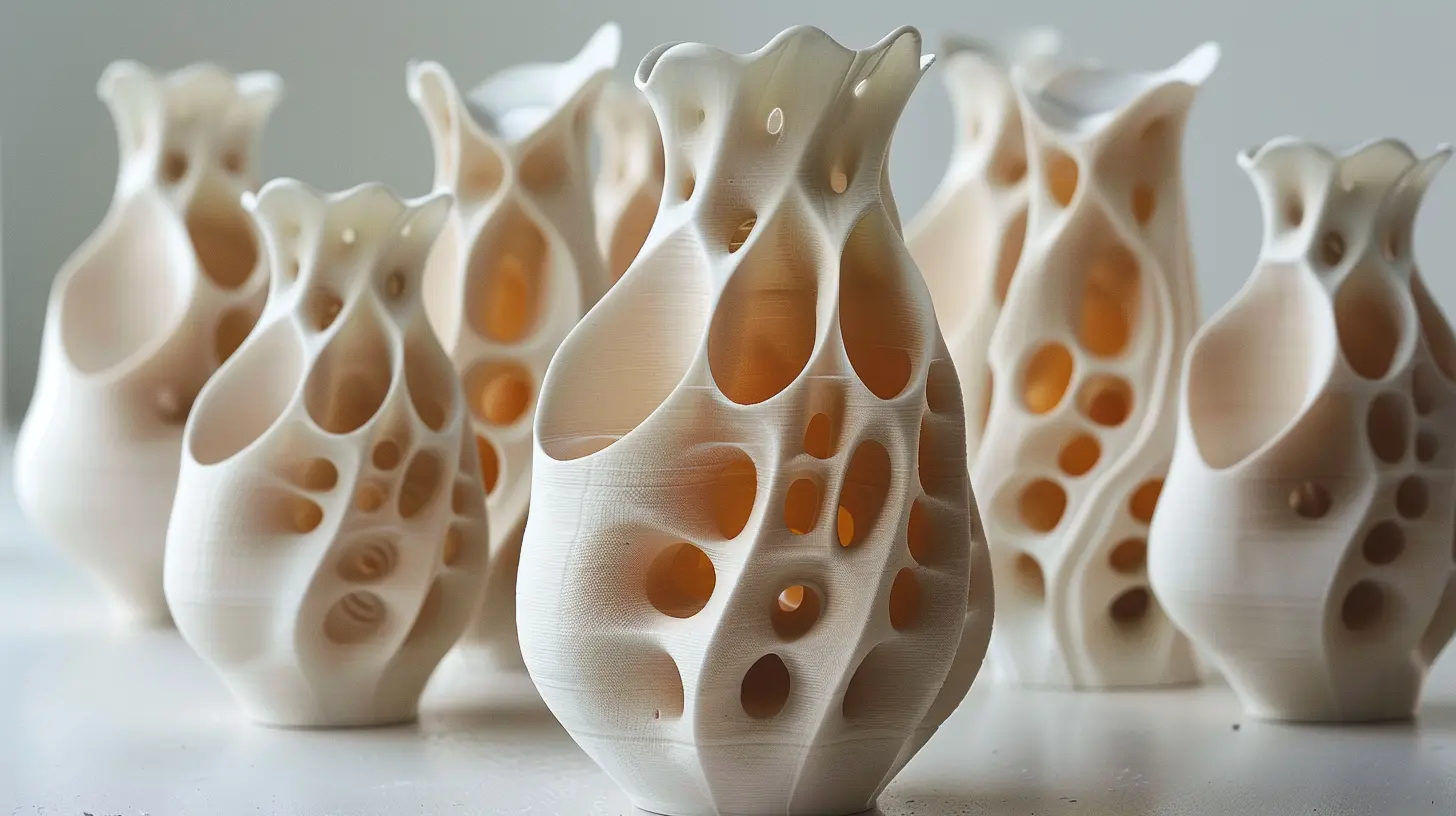
3D Printing and Waste Reduction: A Perfect Match
Waste is a huge problem in traditional manufacturing. Whether it’s offcuts, defective products, or excess materials, a lot of what gets produced ends up in the trash. But 3D printing has always been an inherently low-waste process.Zero-Waste Production
Because 3D printing is an additive process (meaning you build up material layer by layer), there’s virtually no excess material. You're only using what’s needed for the final product. Compare that to subtractive manufacturing methods, which involve cutting down raw materials and often result in large amounts of waste.In industries like aerospace, where precision is key and materials are expensive, 3D printing has already been making waves for its waste-reducing capabilities. And as the technology continues to improve, we can expect to see even less waste in other industries as well.
Reuse and Recycle: Circular Economy Meets 3D Printing
One of the most exciting trends in eco-friendly 3D printing is the concept of a circular economy. In a circular economy, products are designed to be reused, recycled, or remanufactured at the end of their life. And 3D printing fits perfectly into this model.Imagine having a broken part or product. Instead of throwing it away and buying a new one, you could simply scan the part, 3D print a replacement, and continue using the product. This extends the life of products, reduces waste, and cuts down on the need for new raw materials.
Some companies are even working on machines that can break down old 3D-printed items and turn them back into usable filament. This closed-loop system is the epitome of eco-friendly manufacturing, and it’s a glimpse into the future of sustainable production.
Real-World Applications: Changing the Manufacturing Game
So, what does all of this look like in the real world? Let’s take a look at some industries that are already using eco-friendly 3D printing to make a difference.Architecture and Construction
Construction is a notoriously resource-heavy industry. From the materials used to the energy required for building, it's no wonder construction has such a big environmental impact. But 3D printing is starting to change that.Some companies are using large-scale 3D printers to build homes and other structures out of sustainable materials like recycled concrete or even local soil. These buildings are not only cheaper and faster to construct, but they also have a much smaller environmental footprint.
Healthcare and Medical Devices
The healthcare industry is another area where 3D printing is making waves. From custom prosthetics to biodegradable implants, 3D printing allows for the creation of medical devices that are tailored to each individual patient, reducing waste and improving outcomes. And with the development of biocompatible and biodegradable materials, the future of medical 3D printing is looking greener than ever.Fashion and Consumer Goods
Even industries like fashion are getting in on the eco-friendly 3D printing revolution. Designers are using 3D printing to create sustainable, made-to-order clothing and accessories, reducing the massive amounts of waste that come from fast fashion. Plus, with the ability to 3D print items from recycled materials, the fashion industry is starting to embrace a more circular approach to production.
The Road Ahead: Challenges and Opportunities
Of course, no technology is without its challenges. While eco-friendly 3D printing has come a long way, there are still hurdles to overcome. For one, not all 3D printers are created equal. Some machines and materials are more sustainable than others, and it can be hard for consumers and businesses to know which options are truly eco-friendly.There’s also the issue of energy consumption. While 3D printing is generally more energy-efficient than traditional manufacturing, there’s still a need to improve the energy use of certain machines and processes.
But despite these challenges, the future of eco-friendly 3D printing is bright. With continued innovation in materials, energy efficiency, and waste reduction, 3D printing has the potential to revolutionize sustainable manufacturing in ways we can’t even fully imagine yet.
Conclusion: A Greener Future with 3D Printing
3D printing has always been a game-changer in the world of manufacturing, but now it’s proving to be a key player in the fight for sustainability. With eco-friendly materials, energy-efficient processes, and waste-reducing technologies, 3D printing is paving the way for a greener future.As consumers and businesses become more aware of the environmental impact of their choices, eco-friendly 3D printing is set to become the manufacturing method of choice for those who want to create amazing products without sacrificing the planet.
So, whether you’re a tech enthusiast, a business owner, or just someone who wants to make a difference, it’s time to get excited about the sustainable revolution happening in 3D printing. The future is here, and it's greener than ever.
all images in this post were generated using AI tools
Category:
Green TechnologyAuthor:

Michael Robinson
Discussion
rate this article
1 comments
Dulce Carr
While eco-friendly 3D printing presents promising advancements in sustainable manufacturing, its true impact hinges on material sourcing and energy consumption—key factors often overlooked in the hype surrounding green technologies.
September 3, 2025 at 11:12 AM

Michael Robinson
Thank you for highlighting the critical aspects of material sourcing and energy consumption. It’s essential to consider these factors to truly assess the sustainability of eco-friendly 3D printing. Your insights are invaluable!

